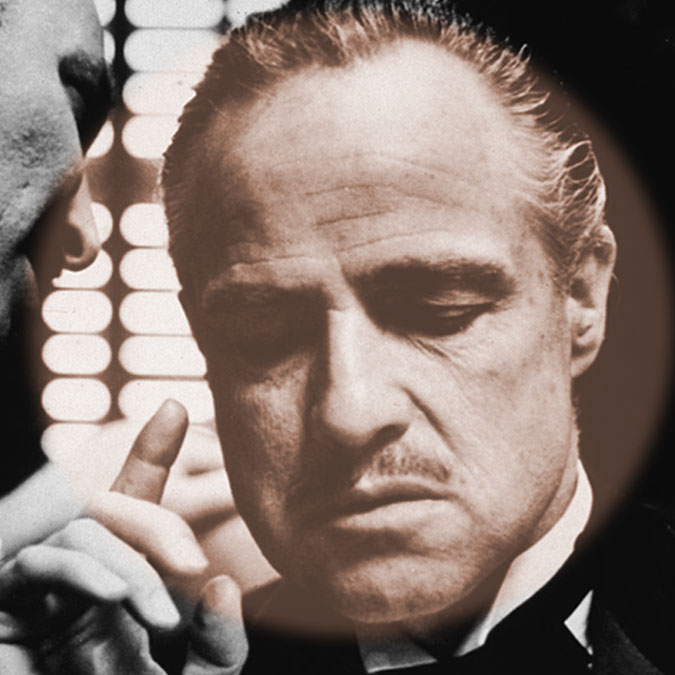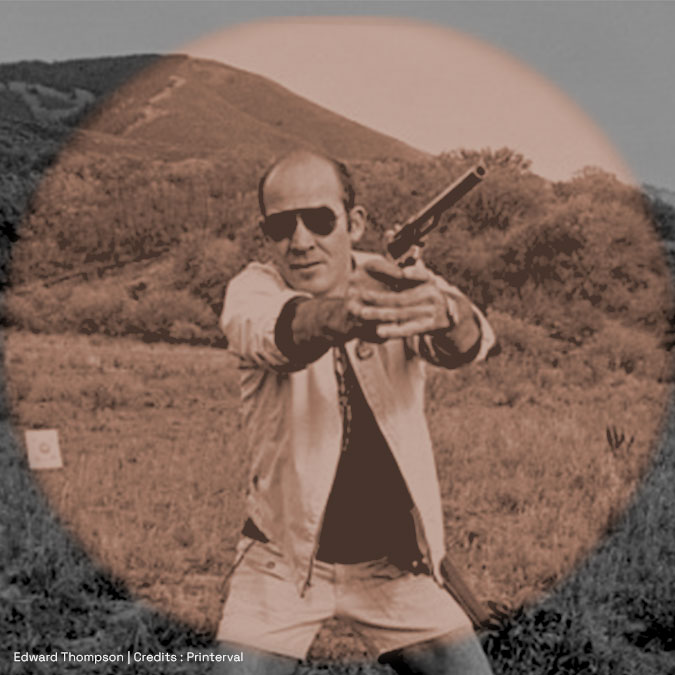Escalating the drama
Toolbox articles are shorter-form pieces that explore the writing craft, like point-of-view narrative and tension. Sign up to our newsletter to receive these articles direct to your inbox, before they’re published on the site.
As regular readers will know, we at Fetish Literature place a particular importance on the role of drama in fiction. It’s a subject that comes up in practically every article we publish, whether it’s deep-dive short story analysis or Toolbox articles.
In previous articles, we’ve explored some of the ways that great writers create drama, through conflicting character motivations and ideologies; but this time around, we’re going to explore the placement of dramatic moments in great fiction, i.e. how do the best writers pace drama in their works, and what impact does it have?
It’s a juicy subject, and there’s plenty to discuss so let’s jump straight in and take a look at an example.
Tyranny and regicide: Exploring the big dramatic moments in Macbeth
We’re going to start off by looking at Shakespeare’s tragedy Macbeth because it’s a great example of drama in fiction, and also its plot is widely known by most readers.
Below is a list, in order, of the major dramatic moments that take place within the play:
The murder of Duncan. Macbeth succumbs to his ambition and murders King Duncan while he is a guest at Macbeth’s castle
Banquo’s murder. Macbeth becomes paranoid and fearful of losing his newly acquired throne. He arranges the murder of his friend Banquo and Banquo’s son, Fleance
The murder of Macduff’s family. In his paranoia, Macbeth orders the murder of Macduff’s wife and children
Macduff kills Macbeth at the battle of Birnam Wood.
Aside from the very bloody nature of the play, there are two things that jump out here.
First of all, causality. Each major dramatic moment is a consequence of the preceding incidents and their repercussions. Macbeth arranges the murder of Banquo and Banquo’s son because he’s afraid of losing his newly acquired throne. Macbeth orders the murder of Macduff’s wife and children because Macduff suspects that Macbeth is a murderous tyrant. Macduff kills Macbeth because Macduff is seeking revenge and the end of Macbeth’s bloody and tyrannical reign.
None of these incidents happens in isolation. It’s a vicious cycle of events, with each dramatic moment further complicating Macbeth’s situation, rather than solving his problems.
Second, note the escalation of the unfolding drama. Once Duncan has been killed and Macbeth has assumed the throne, Macbeth begins to be haunted by guilt and the fear that he won’t be able to maintain his power. Concerned by the three witches’ prophecy that Banquo’s descendants would inherit the throne, Macbeth hires murderers to kill Banquo and Banquo’s son. Then concerned that Macduff poses the greatest threat, Macbeth hires more murderers to kill his wife and family and also capture his castle. Finally, there’s the big showdown between Macduff and Macbeth – a great battle commences, ending in Macbeth’s eventual demise.
The play starts off with a single murder that Macbeth commits, reluctantly, in his pursuit of power. By the end of the story, he’s willingly killing anyone who could possibly stand in his way. Each dramatic moment is more intense than the last: the stakes are higher, the conflict more intense and the results even bloodier.
So what lessons can we draw from the story of Macbeth (other than not to succumb to temptations of power!)? For a start, there’s no such thing as gratuitous or isolated moments of drama in great fiction. They follow on from one another. And what’s more: they rise in intensity each time. Very rarely will one moment of drama be less intense and with lesser stakes than the previous moment.
We can think of these dramatic moments as landmarks in a story’s journey. They increase in size and magnitude each time, letting us the audience know that we’re approaching the final destination. A crescendo of conflicts, marching toward a great, epic conclusion.
‘Out, out brief candle.
Life’s but a walking shadow, a poor player
That struts and frets his hour upon the stage,
And then is heard no more. It is a tale
Told by an idiot, full of sound and fury,
Signifying nothing.’
– Macbeth’s famous soliloquy (Act 5, Scene 5) demonstrates the futility of his actions and how he isn’t able to escape his fate, no matter how high he raises the stakes
Understated escalation: Drama in Hemingway’s ‘Hills like white elephants’
Escalating drama in Shakespearean tragedy is all very well and good, but how does it apply in prose fiction? As some of you may have remarked upon, the type of fiction we cover at Fetish Literature rarely involves grand battles and regicide. Instead, it tends to be subtler in nature and more nuanced. Does the rule of compound, causal drama apply in these instances?
Yes, it does!
While these types of stories may lack more obvious dramatic moments, we can still find evidence of real, high-stakes drama, which builds toward a crescendo in the same way that it would in a classic Shakespearian tragedy like Macbeth.
Let’s now look at another example – Ernest Hemingway’s short story ‘Hills like white elephants’ – and see how the dramatic moments unfold. (You can read the Fetish Literature analysis of ‘Hills like white elephants’ here.)
In just under fifteen-hundred words, ‘Hills like white elephants’ explores the relationship between a couple as they tussle with the idea of the woman, Jig, having an abortion. Here are three of the key dramatic moments that occur in the story:
‘You’ve got to realize,’ he said, ‘that I don’t want you to do it if you don’t want to. I’m perfectly willing to go through with it if it means anything to you.’
‘Doesn’t it mean anything to you? We could get along.’
‘Of course it does. But I don’t want anybody but you. I don’t want anyone else. And I know it’s perfectly simple.’
‘Yes, you know it’s perfectly simple.’
‘It’s all right for you to say that, but I do know it.’
‘Would you do something for me now?’
‘I’d do anything for you.’
‘Would you please please please please please please please stop talking?’
He did not say anything but looked at the bags against the wall of the station. There were labels on them from all the hotels where they had spent nights.
‘But I don’t want you to,’ he said, ‘I don’t care anything about it.’
‘I’ll scream,’ the girl said.
The woman came out through the curtains with two glasses of beer and put them down on the damp felt pads. ‘The train comes in five minutes,’ she said.
At the end of ‘Hills like white elephants’, there is no crowning of a new king, there’s no profound soliloquy on the meaning of life and death. Rather, the couple finish their drinks and prepare to board the train bound for Madrid. But in both Hemingway’s short story and Macbeth, the same dramatic blueprint applies. Tension rises until it’s released by a dramatic moment, only to rise again in another moment of drama that follows on from the last, until we reach our conclusion: the height of the story’s drama; the final, inescapable big dramatic moment, which has been building from the first word.
Try it at home
In this article, we’ve seen how dramatic moments are paced in two great works from opposite ends of the spectrum: Shakespeare’s five-act, epic tragedy and Hemingway’s understated short story. But the idea of compound, causal drama can be found in all great fiction, of all genres. See for yourself. Think about the most recent book you read and make a note of all the major dramatic moments. Consider how they’re linked, and how they increase in dramatic tension as the book goes on. (You could even try this with other media, such as film and television series!)
Writers! Think about this with your own work. Are your story’s dramatic moments well-defined? Are they neatly spread out? Do they complement each other? And do they all pull together toward a high-point of drama?
Go a step further
If you’d like to have a go at identifying causal and compound dramatic moments in another Fetish Literature article, why not try ‘Katy’ by Bryan Washington. This wonderful short story, about friendship and rivalry, contains a subtle but clear rise in tension, set across different timelines. Click here to read the short story, as well as our analysis.



